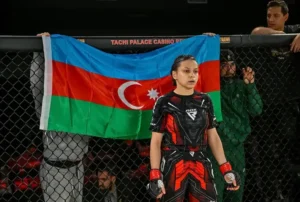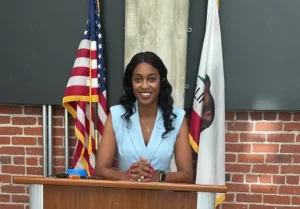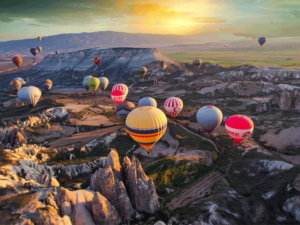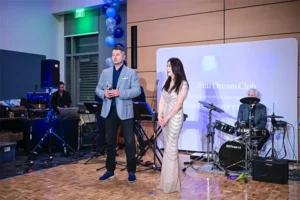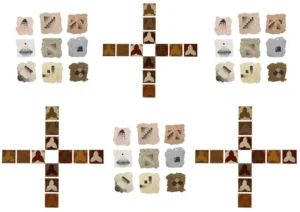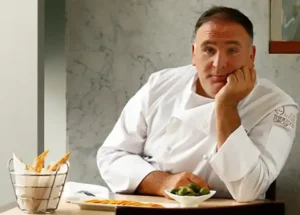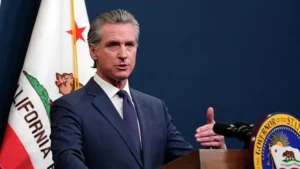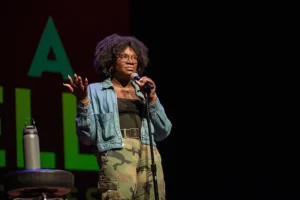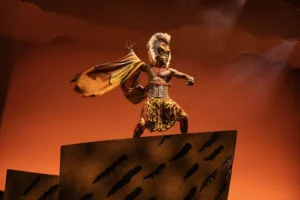In this exclusive interview, we delve into the artistic journey of Andrey Sledkov, an accomplished sculptor known for his breathtaking creations
From a serendipitous awakening during high school to the profound impact of his first sculpture teacher, Sledkov takes us through the milestones that shaped his passion for sculpting. With over 20 years of experience, Sledkov showcases his versatility as he seamlessly transitions between creating monumental sculptures, intricate busts, captivating reliefs, and exquisite miniature statues. Join us as we unravel the depth and intricacy that lies behind Sledkov’s creations, and gain insight into the artist’s passionate pursuit of expressing profound thoughts through the captivating medium of volume.

Andrey, can you tell us about your artistic journey and how you discovered your passion for sculpture?
One day in high school (9th grade), I woke up with an overwhelming desire to sculpt. This happened during the exams for admission to the Rostov Art School named after Grekova. From the very first day of my studies, I fell in love with working with volume. My first sculpture teacher, S. Oleshnya, played a huge role. He invited me to work on a large monument. It was very exciting and impressive.
That’s when I realized that this was exactly what I wanted to pursue in the future.
It’s hard to express your feelings when you create something new out of shapeless clay, a new form that from that moment on lives its own life. If you believe in sacred scripture, that’s exactly how humans were created.
I have been working as a sculptor for over 20 years now. I create monuments, busts, reliefs, monuments, and miniature statues. The diversity of expressions of thought through volume excites my soul.

What material do you prefer to use for creating sculptures and why?
I work with various materials: clay, plasticine, plaster, plastic, bronze, wood, and stone. However, in terms of its plasticity, I prefer clay-based materials. When I sculpt a nude model using this material, I can easily create a plastic study, as the clay responds to every touch of my fingers.

How would you describe your artistic style and the themes that often inspire your work?
I primarily work in a classical style, striving to reinterpret contemporary themes through sculpture.

Are there any specific historical or contemporary artists who have influenced your creative process and aesthetics?
For a long time, I was inspired by the great French sculptor Auguste Rodin. The form of his nude models is mesmerizing. Nowadays, I often sculpt alongside Leroy Transfield, observing his sculpting technique. After all, artistic growth is about constant progress and attempting to understand the new.

Andrey, can you tell me about the biggest challenges you have faced as a sculptor and how you overcome them? What is your approach to creating commissioned sculptures and collaborating with clients or organizations?
In my commercial work, I follow these principles:
1) There are no impossible tasks.
2) Appetite comes with eating.
If I don’t like or find the object that needs to be depicted boring, I try to study and learn more about it, thus awakening my interest in the personality and the work on it.

Can you share a memorable experience or project that had a significant impact on your career as a sculptor? And how do you balance your creative freedom with the expectations and desires of clients or exhibition curators?
If we talk about impossible tasks, at the same time, several clients approached me with objects that were important and with similar deadlines. Specifically, for the restoration of the “Povolzhye” Pavilion at Exhibition and Trade Centre in Moscow (VDNKh), I had to create four figures, each measuring 3.5 meters, four bas-reliefs measuring 3×5 meters each, and six bas-reliefs measuring 2×3 meters each. At the same time, I started making six animal sculptures for the zoo in Kaliningrad. Victory Day was approaching, and I was commissioned to make three busts of hero tankers. And the icing on the cake was two figures of beautiful muses for a restored mansion facade. That was a challenge, no doubt about it. I made sketches, communicated with the clients, sought assistants, and then sculpted and supervised the sculpting of all these objects, moving from one workshop to another. I had 20 sculptors working under me, and my phone was ringing every 10 minutes. But I managed! You know, it’s such a satisfying feeling to realize that you have solved this incredible task!

In what way, if at all, do you believe your sculptures contribute to the broader discussion in contemporary art?
I approach my work by devoting myself fully to the process, infusing a part of myself into each piece. I know that future generations will look at these monuments for decades or even centuries. That’s why I cannot let my lazy side dictate that “it will do.”
My works do not ignite heated debates like some contemporary art objects that require lengthy explanations of their ideas. I express myself through the simplicity of form and the beauty of the human body captured in clay.

Andrey, what advice would you give to aspiring sculptors who are just starting their artistic journey?
I believe that artists need to maneuver skillfully between total freedom and self-discipline.
When you’re still learning, it’s important to diligently and purposefully replicate the volume you see before you. But when you transition to creative work, try to discard all boundaries and let your imagination soar. Don’t wait for inspiration – take small steps and “appetite will come with eating.”



